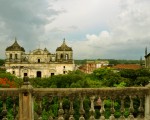
Finally some news!
Some of you were left wondering of our existence in recent weeks due to the lack of articles published on the site, which was due to us spending three weeks in Nicaragua taking Spanish lessons in order to improve our efforts with the language before tackling the last two months of our trip to South America. Our days in Nicaragua were were spent with morning language classes and activities organized by the school in the afternoon.
But let us start first from the beginning:
Nicaragua, located in Central America, was not originally in our travel plans. It was only during encounters with fellow travelers, and the hours spent on the forums of Lonely Planet that we envisioned the possibility of going there, and our decisions were based purely on the budget.
Firstly the price of the ticket. It was cheaper to buy a direct flight from Los Angeles to Lima (Peru) with a stopover in Central America.
The second reason was the cost of Spanish lessons in Nicaragua, less than € 5 per hour for private lessons with a one on one teacher.
We finally threw our sights on a combined flight-LosAngeles-Mexico city – San Jose (Costa Rica) with AeroMexico. Why Costa Rica you will say, when the goal was to spend three weeks in Nicaragua?
Again, the price. It was about € 250 cheaper to connect in San Jose, the capital of Costa Rica, rather than Managua, the Nicaraguan capital.
We would then take a bus to go from one country to another, for just under €30 per person. Savings: (250 * 2) – (30 * 2) = 440eur. The bus journey takes just under 10 hours. The bus traveling at night, also allowed us to save one night of accommodation.
The trip has gone relatively smoothly, except at the border between the two countries where we get out of the bus twice to get in line, firstly on the Costa Rican side, to receive the “buffer exit ” on our passports, then another hour for the other baggage search. One trick that often works: put dirty clothes on top of the backpack which is searched by customs. This allows you to finish quickly and go back on the bus to avoid a long wait in the sun.
On the way we passed Ometepe Island, the largest island in the world surrounded by fresh water. The island is made of two volcanoes. The biggest, Concepcion, culminates at 1610 meters.
Four hours later we arrived in Managua, the capital. It is not our final destination as it is in León that we decided to stay put for 3 weeks on our course. The bus terminal is located in one of the most dangerous parts in the city. Fortunately, Carlos, the driver of the school, is waiting for us at the terminal. Nicaragua is, statistically, one of the safest countries in Central America, yet the streets of Managua are nonetheless very dangerous, especially at night. Express kidnappings are common and dozens of tourists have been trapped in recent years. Here’s a common example: one or two tourists (preferably a couple) ride in a taxi and tell the driver their destination. A few miles later, it stops and two people get in (it is normal to share a taxi in Nicaragua). They then come out with a machete and threaten the tourists. They blindfold them and take them on a tour of the ATMs, having previously forced the couple to reveal their secret codes. If you refuse, the assailants can become violent, it is obviously advisable to cooperate. Once the accounts are empty and / or credit limits are reached, the tourists are left on the roadside, often out of town, with enough money to take a bus. A traumatic experience.
Fortunately none of this has happened to us and after talking to many locals and expatriates, it seems that the practice seems to be almost extinct. A good thing in this corrupt country (the seventh in the world, led with an iron hand by Daniel Ortega, nicknamed “the little dictator”) where making a complaint with the police is as useful as an ashtray on a motorbike.
After having met Carlos (with our three words of Spanish … mucho gusto, muy bien, gracias) we head towards León. Three blocks later, two motorcycle policemen beckon Carlos to stop. Carlos gets out of the car and start talking with the police. They require the driver’s license, then Carlos explains the reason for our presence. A few minutes later we see Carlos take money out of his wallet and gives to the police. Carlos gets back into the vehicle, swearing at the devils, “Banditos, banditos! ”
More fear than harm. This gives our first taste of corruption in this country.
An hour’s drive later, after passing along the huge lake of Managua, we arrive in Leon. Carlos drops us directly at the school and that’s where we meet Rolando, the Director of the Spanish School Dariana. He explains how the day progresses, gives us a map of the city and takes his time to explain the various interesting places in the city. We had initially opted for a combination “homestay + Spanish course” but finally changed our minds at the last moment, preferring to stay in a hostel, so we could cook and have our own schedule, so as not to disturb the family if we wanted to go out at night.
So our days were spent as follows: Four hours of morning classes at the school premises.
Two hours of grammar / vocabulary followed by a break of 15 minutes and two hours of conversation and exercises. Thomas’s professor was none other than Rolando, the Director. During the three weeks of Spanish classes, Thomas was fortunate to receive many explanations and anecdotes about the history and culture of Nicaragua, such as the Sandinista Revolution.
Anne-Marie’s teacher to her great delight, was Jessy, who took her directly to the market in order to discover the local products and other fruit & vegetables.
Every afternoon, various activities were organized by the school. Visits to museums (one being the house of Ruben Dario, a world famous poet – unknown to us, of course – an emblematic figure in the history of country) and the Museum of Arts and that of the Revolution, salsa classes, a visit the Cathedral of León , the oldest in Central America, an afternoon at the beach, etc. …
And so that is how we spent our days. This partly explains why we have not bothered to write during these three weeks. Another reason, the main we believe was the heat. Of all the countries visited until now, Nicaragua is BY FAR the warmest. The concept of “siesta” was never more evident than here. It’s simple, almost no one is outside in the afternoon, it’s too hot and humid. Worse than in India or even Australia. When we were in Southern India, Thomas was sweating a lot and Anne-Marie very little, whereas in Nicaragua it was the same for both of us. In India, we would sometimes ask how was it possible for Thomas to sweat so much, while the locals are not sweating a drop! Habit no doubt.
In Nicaragua, even the locals sweat, now that’s saying something. Rolando was accustomed to give his lessons with a handkerchief to wipe his brow regularly. Besides, it comes back to Thomas, an anecdote told by Rolando during the second week of classes. In 2007, a cold snap hit the area. The temperature dropped to 15 ° C (!) for a few days. Nothing too unusual here in Europe. Yet, during these few days, three people died and many hospitals in the city were packed with patients suffering from bronchitis and other respiratory infections of all kinds. When it gets below 24 ° C, the local even don a jacket. Fortunately in the evening the temperature drops a few degrees and although it is still warm enough to sweat a few drops, sitting outside a pub, however it is easy to cool off by drinking one or two Tona, the local beer , sold for about 20 cordobas (EUR1 = 30 cordobas) or a glass of Flor de Cana on the rocks, one of the best rums in the world.
We spent a few pleasant evenings in the company of several students from the University of León, both local and European. We also managed to watch the matches of the Euro soccer on the big screen in the bar Barbaro, or that of the guesthouse. We usually missed the first game, with 10am kick off, but once we completed the Spanish course, we rushed to reach the nearest bar so as not to miss the second match scheduled at 12.45.
On our second weekend, we left early in the morning towards the Cerro Negro, one of the many volcanoes located near the city. This is the youngest volcano in Central America, its first eruption occurring in 1850. It has had about 23 eruptions, making it the most active volcano in Nicaragua. Its last eruption was in 1999. Statistically, it erupts every 8 years, so it’s overdue! Inevitably, one asks questions about our safety before starting to climb. Fortunately, the companies offering these kinds of activities are informed daily by the local weather station, which studies the volcano’s activity in real time and through several U.S. satellites.
We left early in the morning, towards the volcano. A 4×4 picked us up at 6am, when temperatures are still mild. After stopping at a small local market to buy water and fruit, we drive to the volcano, through the local countryside, where we were able to account for the poverty and living conditions of the inhabitants of the country.
Nicaragua is the second poorest country in Central America, only surpassed by Haiti.
On arrival at the volcano, we start walking, equipped with our wooden surfboard. The main reason for our coming here is to experience Volcano Boarding, or “descent volcano sledding!” One of the few places in the world where this is possible on an active volcano!
After a good hour and a half climb (and lots of breaks), we arrive at the top of the crater. There are great views overlooking the area. You can even see in the distance, the Pacific Ocean, and other larger volcanoes.
Unfortunately we will not see the lava, just a small cloud of white smoke. The soil is warm, even hot. Miguel, our guide, digs a hole eight inches deep and picks up a handful of pebbles. A mixture of earth and ashes. It is burning, you can barely hold it in hand!
After taking some pictures, we put on our expedition “ninja turtle” attire and our safety googles.
Miguel explains how to sit and slow down, just in case … The slope is steep and precipitous. The former world record speed, mountain bike produced, was held by a Frenchman, Eric Barone. He was beaten last year by Markus Stoeckl, an Austrian. Speed: 164.95 km / h! Do not be afraid of anything! It gives an idea of the slope ahead of us …
Anne-Marie went down first, at ease and gently, so as not to hurt herself, accumulating a large pile of gravel on the front of her sled….think driving Miss Daisy, vertically down this huge volcano. Our travel insurance does not account for “extreme” activities. Thomas allowed himself to go faster, while slowing a bit with his feet to make sure. Watch the video below.
In the end, we had a lot of fun and a lot of ash in the face, hair and neck. This was all sticky with heat and humidity. A quick shower back at our hostel would sort us out. We were not counting on the vagaries of life in Nicaragua. Upon returning to the guesthouse, we rushed to the bathroom. NO WATER. Great. We will have to wait more than four hours before running water is restored in the city! On the way back, we saw a small iguana breeding farm, which gave an impression of Jurassic Park. Iguana is a delicacy here, you can buy them off the side of the road, freshly roasted….we didn’t taste!
Our last week in Nicaragua was spent in the same way as the preceding, without the work of the afternoon. We recommend the school Dariana for the quality of its teaching and although we are still far from a fluent level of Spanish, we now know how to ask our way, read a menu and order a meal in the restaurant or hold a conversation with some locals.
On our last days in Nicaragua, we went to the oldest colonial city in Central America, Granada. A city very popular with American retirees. The cost of living is still very low, and there is a unique opportunity to buy a big house or to build a villa with pool to retire in one’s old age. We stayed there for three days of total relaxation in a nice little guesthouse run by a Breton, Boris, settled here for over 7 years and married a local resident.
The heat is present in Granada as in León, however Anne-Marie found us a big pool in Hotel & Spa in the city. For $5, we had unlimited entry and exit throughout the day. Perfect for spending a few hours visiting the city or getting a bite to eat before relaxing in the pool. Thomas took the opportunity to arrange a visit to Machu Picchu in Peru for the following week.
Two nights in a row, we dined in a local steak house that was recommended to us by Boris.
A true wonder, a little outside of our budget at $ 40 for two, but what fun! Rare beef filet for Anne-Marie, and beef with Jalapeños sauce for Thomas, accompanied by two huge salads, and all washed down with two large cold beers. A delight, having gone months without real meat on this trip.
Our last day was spent on the bus traveling towards San Jose. Three flights were ahead of us: San Jose – mexicocity, Mexico City – Lima, Lima – Cusco.
At the time of this article, we have arrived in Peru and have even begun to write the next article which will published in the coming days, once the English translation is done!
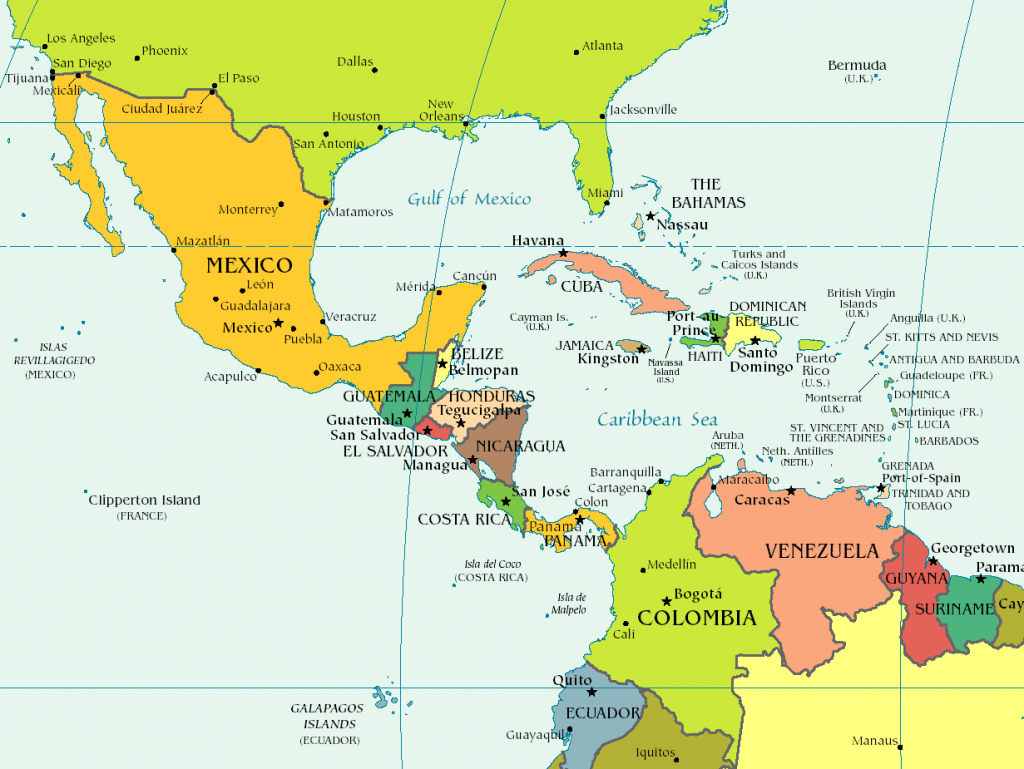
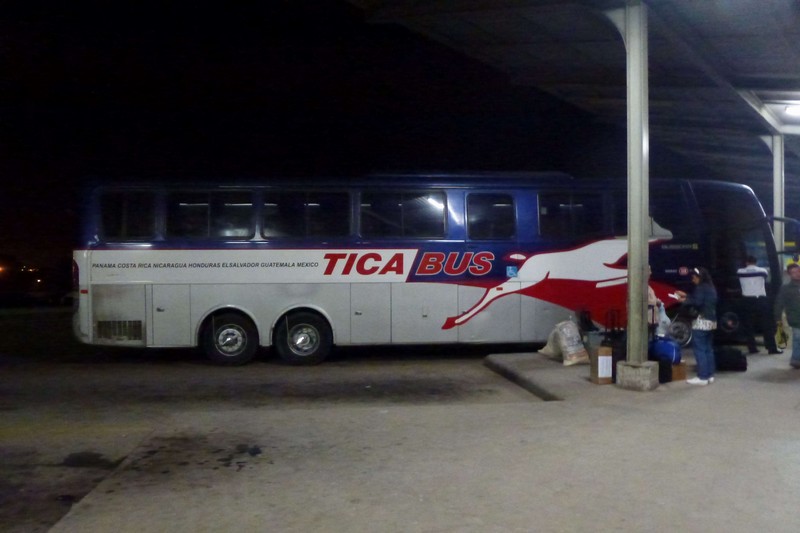
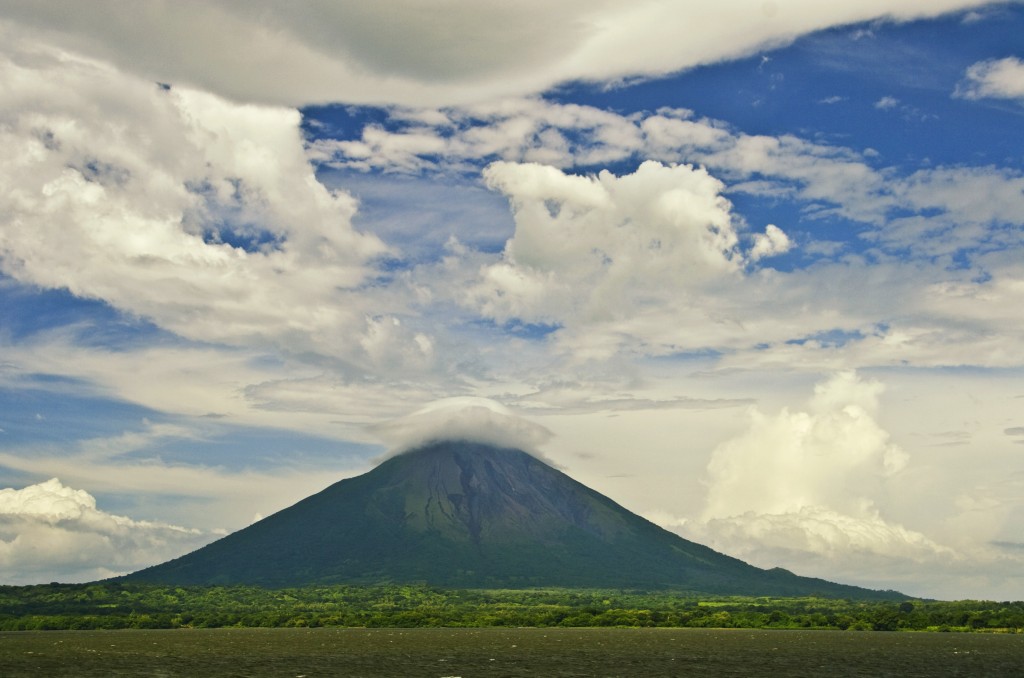
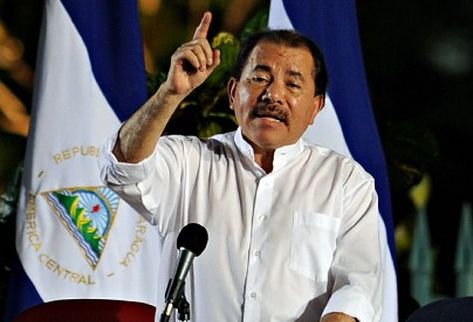
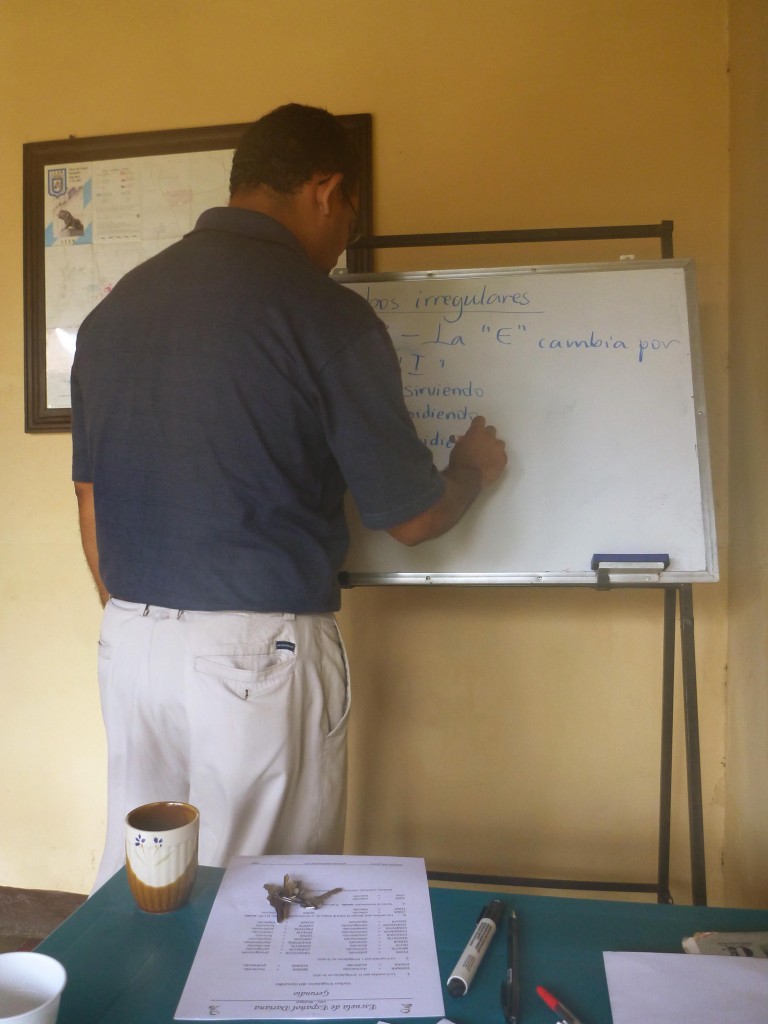
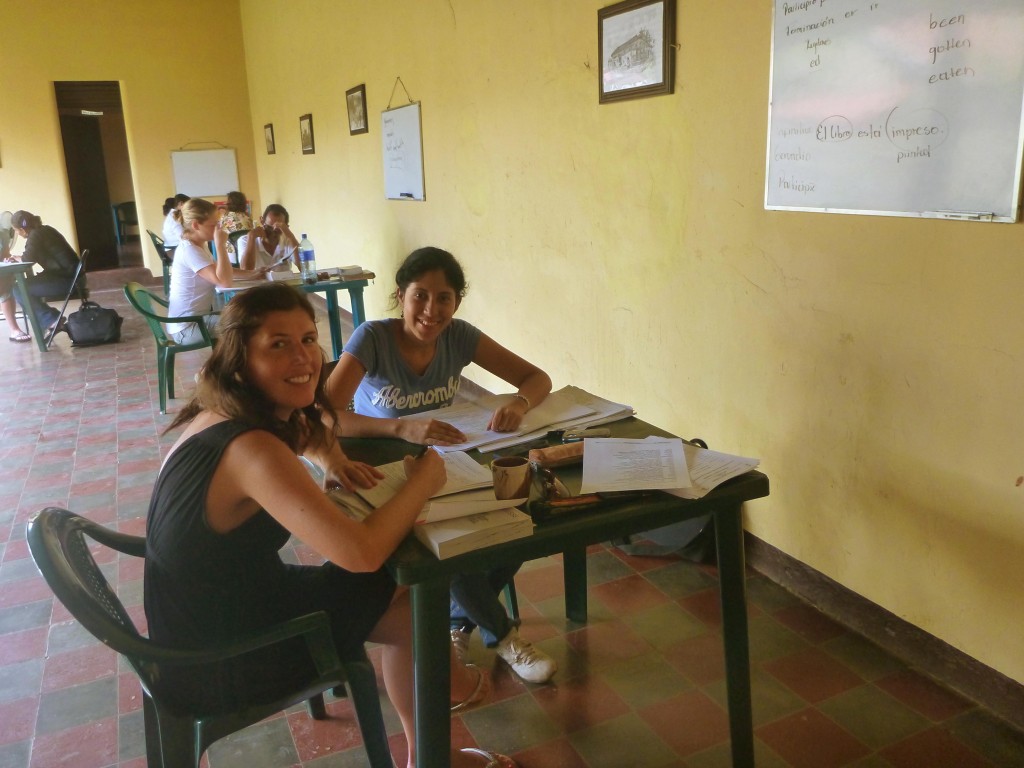
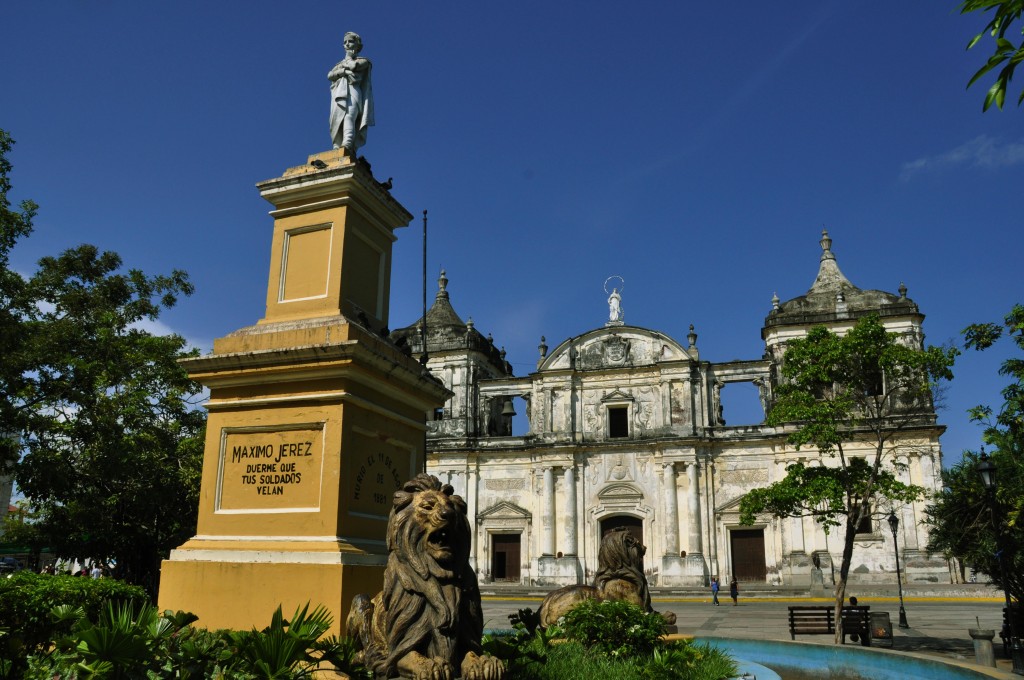
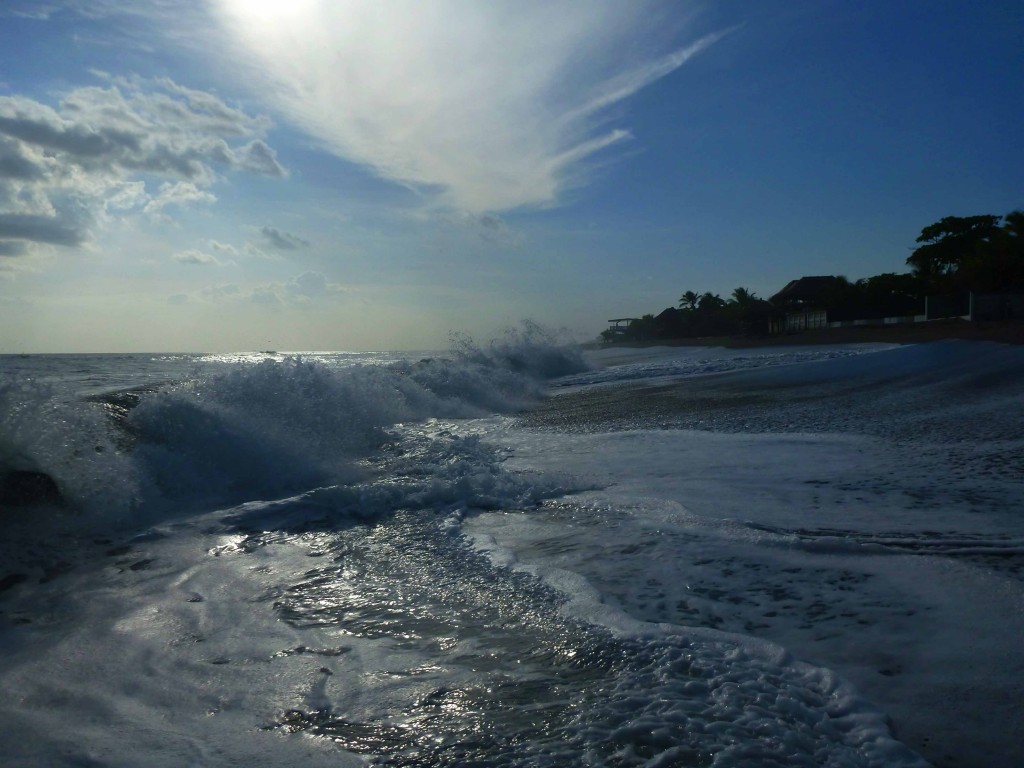
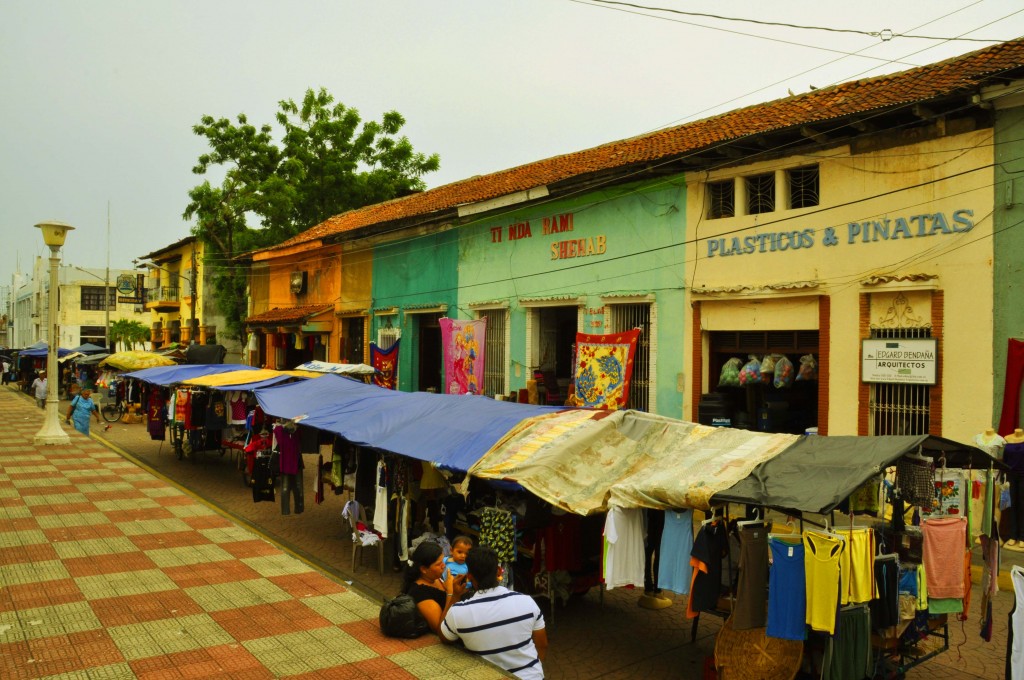
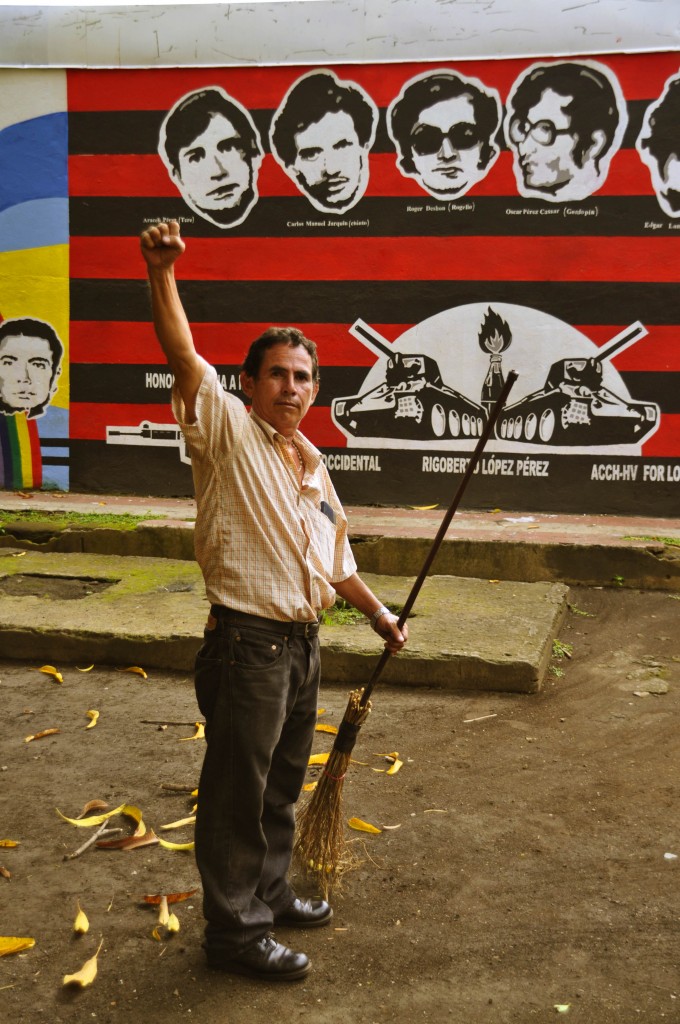
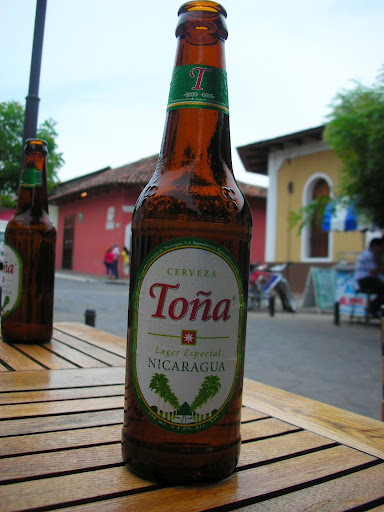
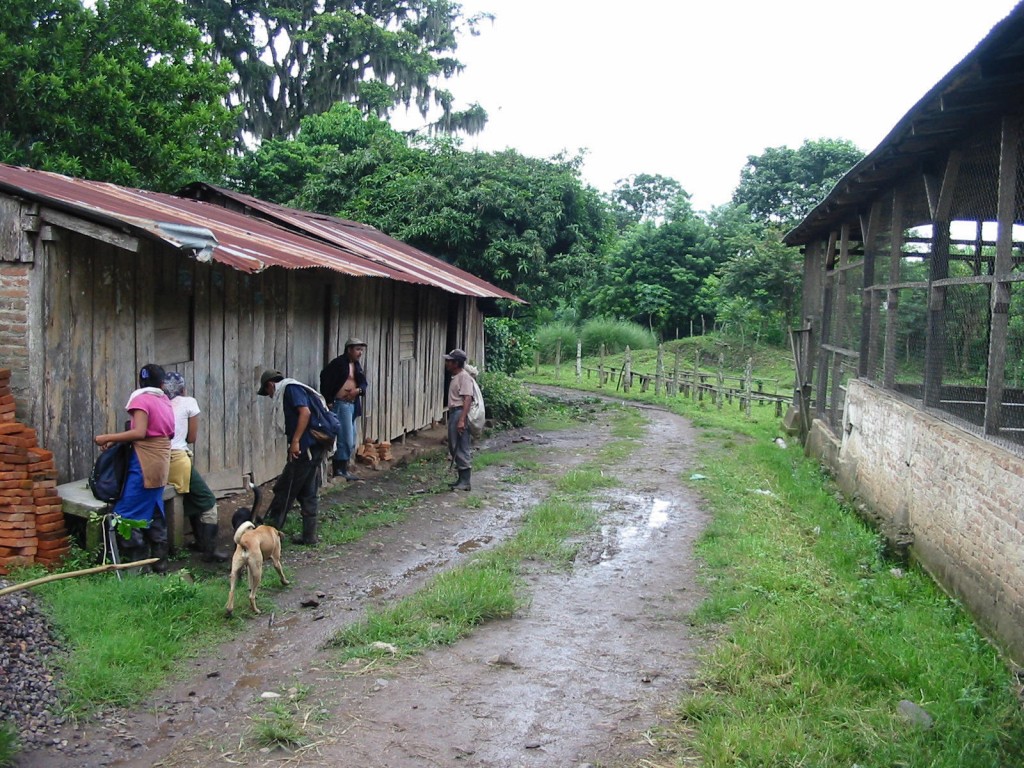


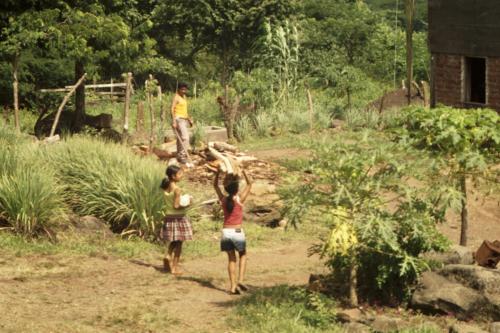
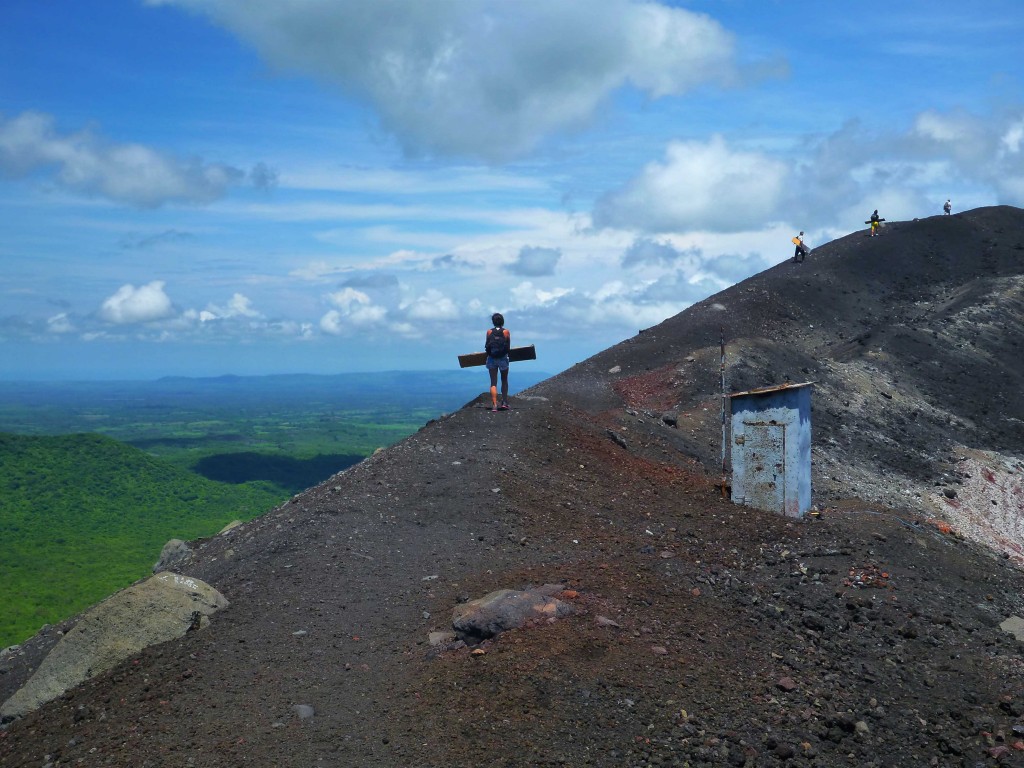

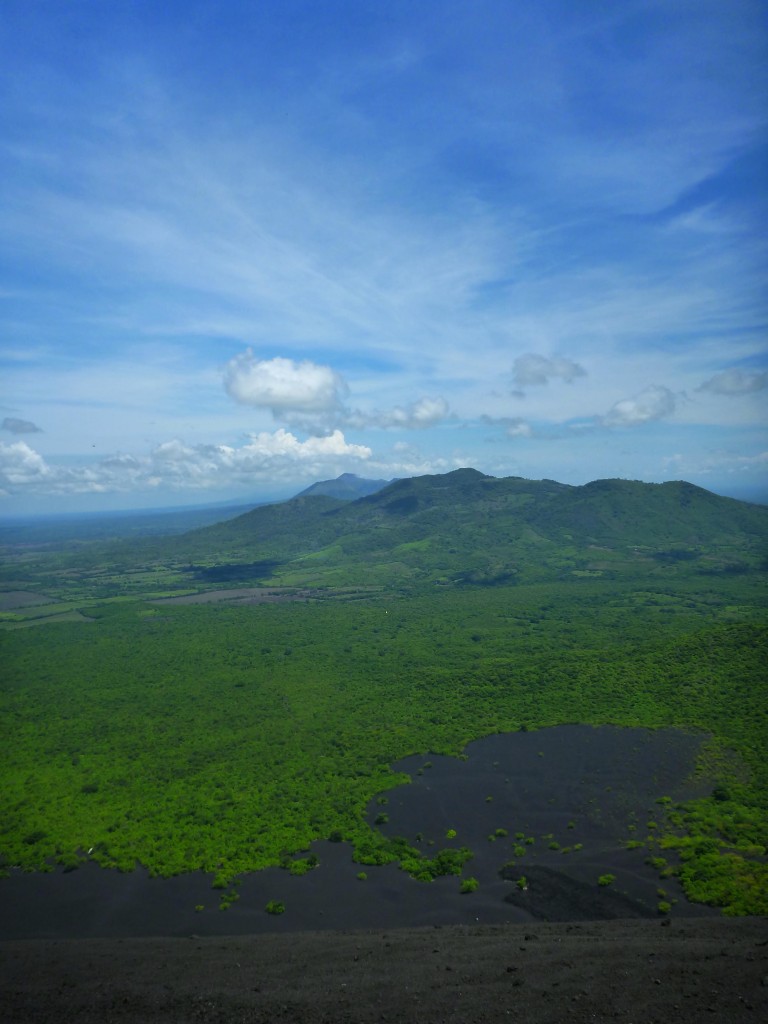
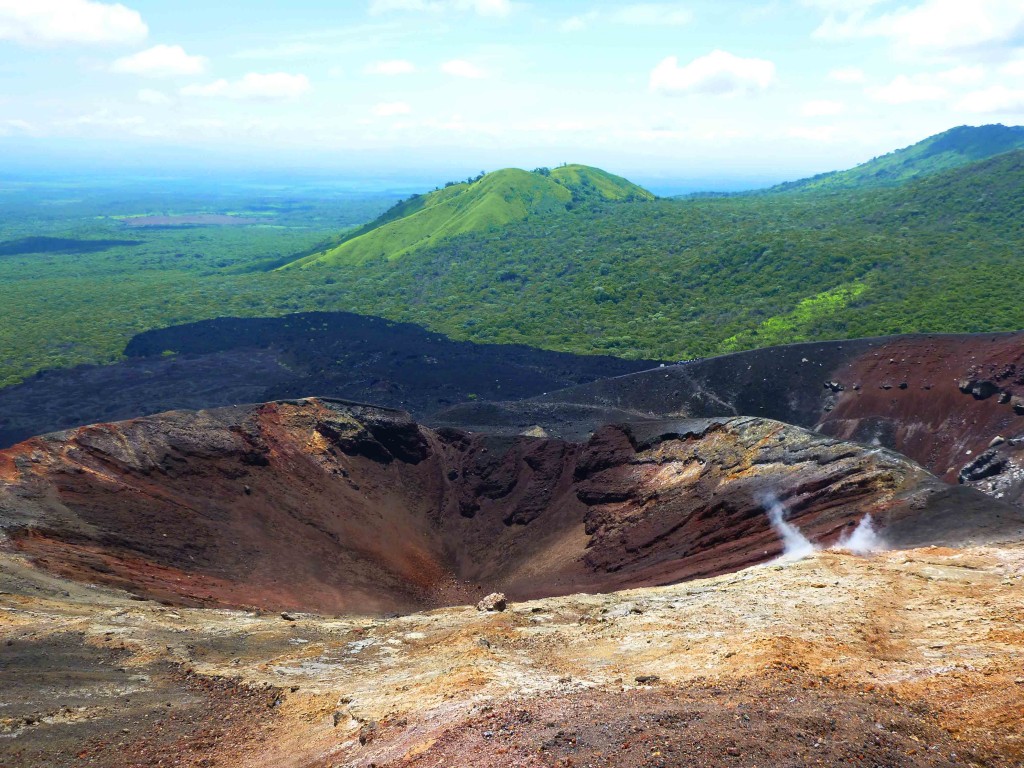
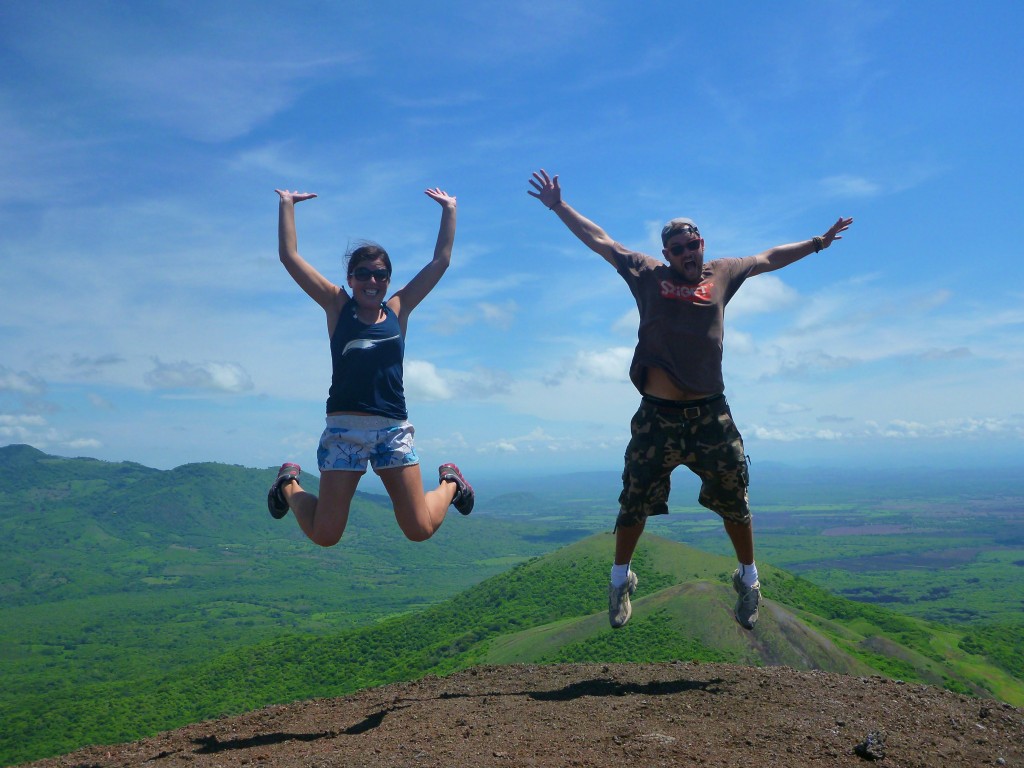
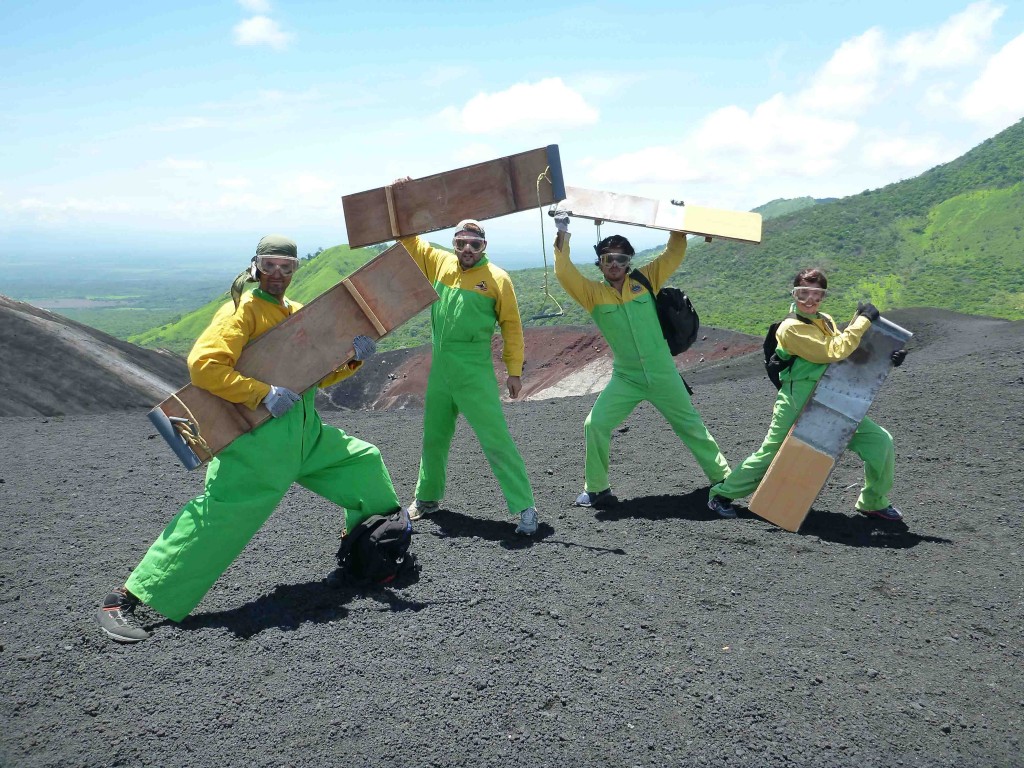
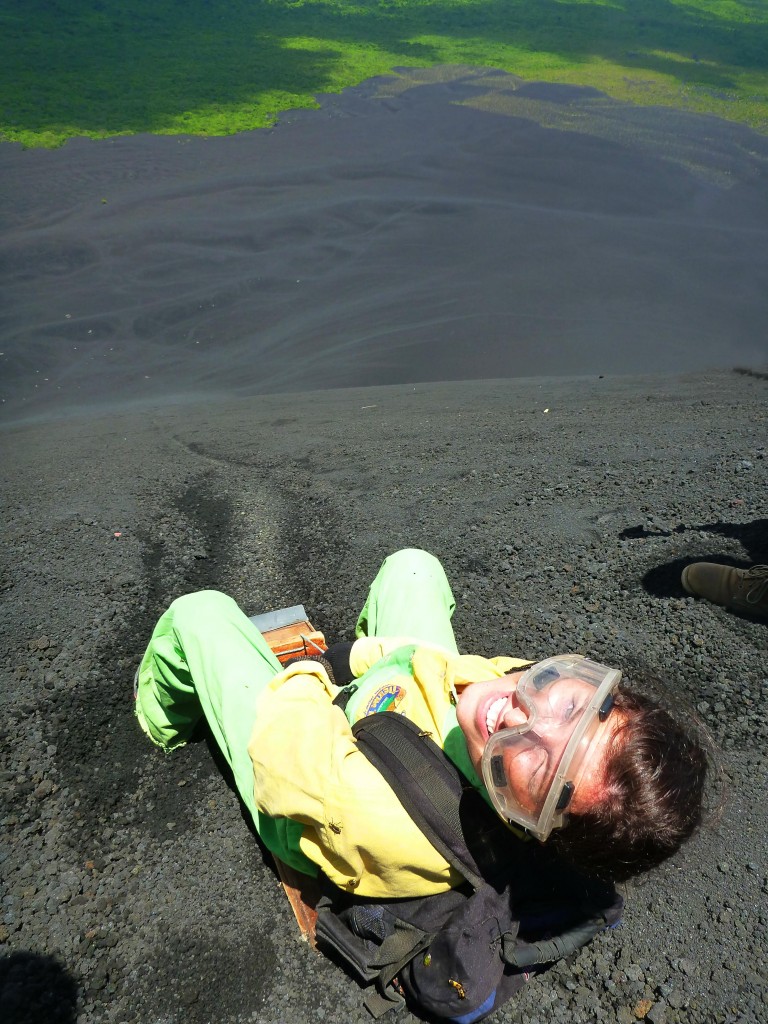
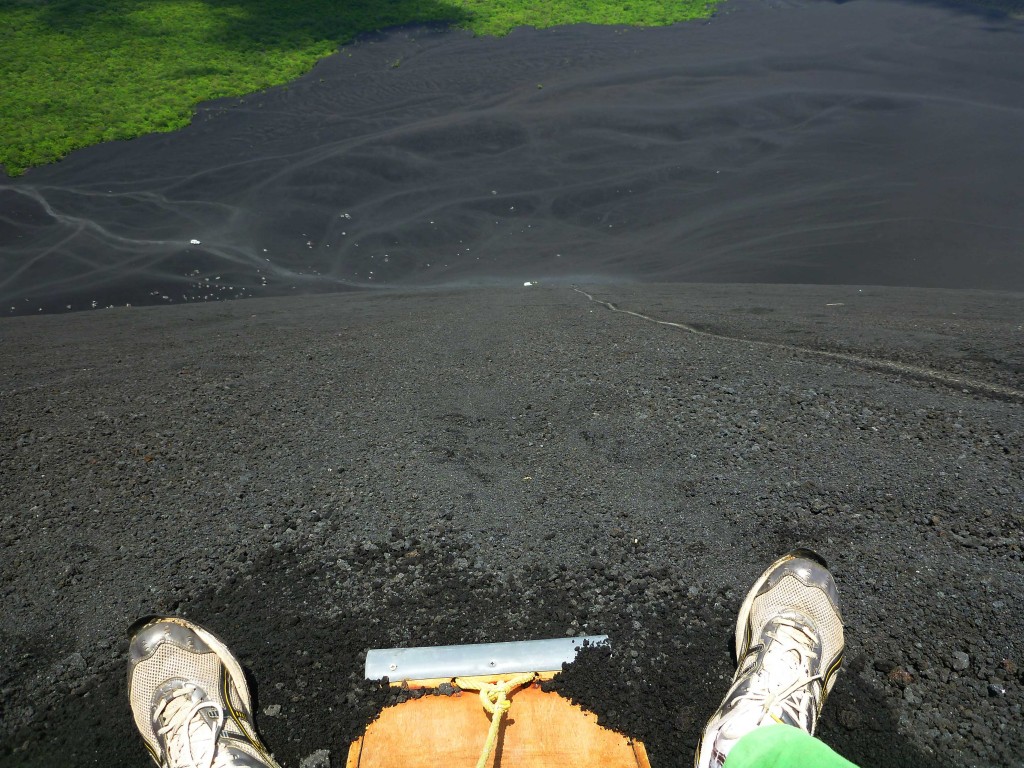
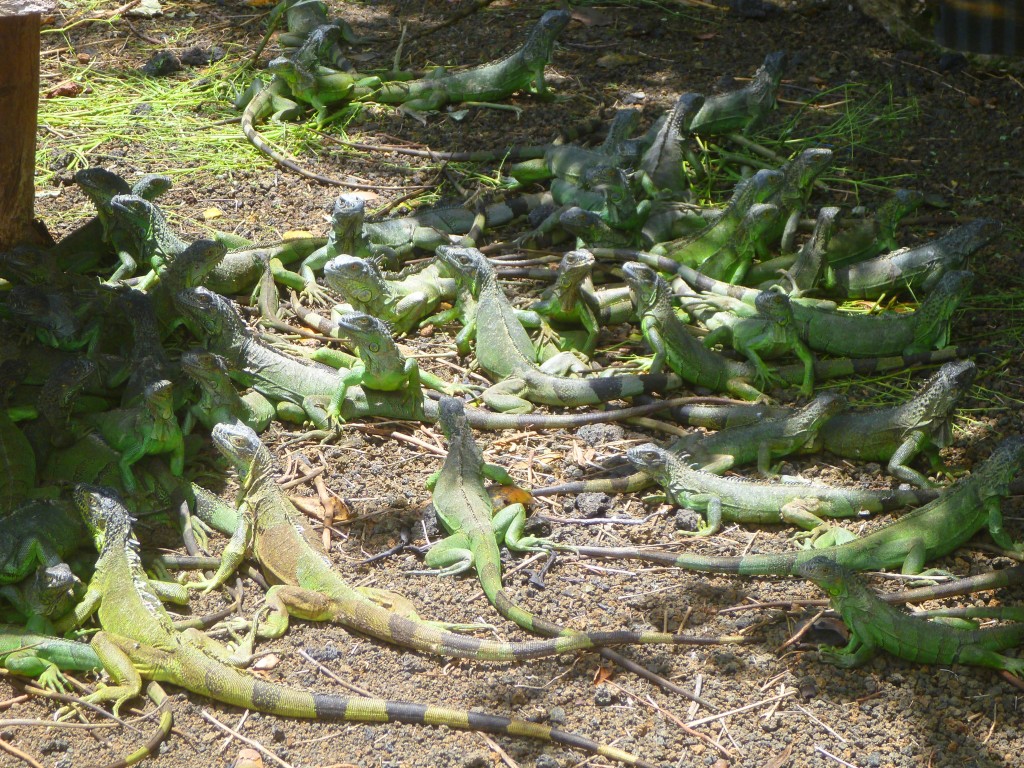
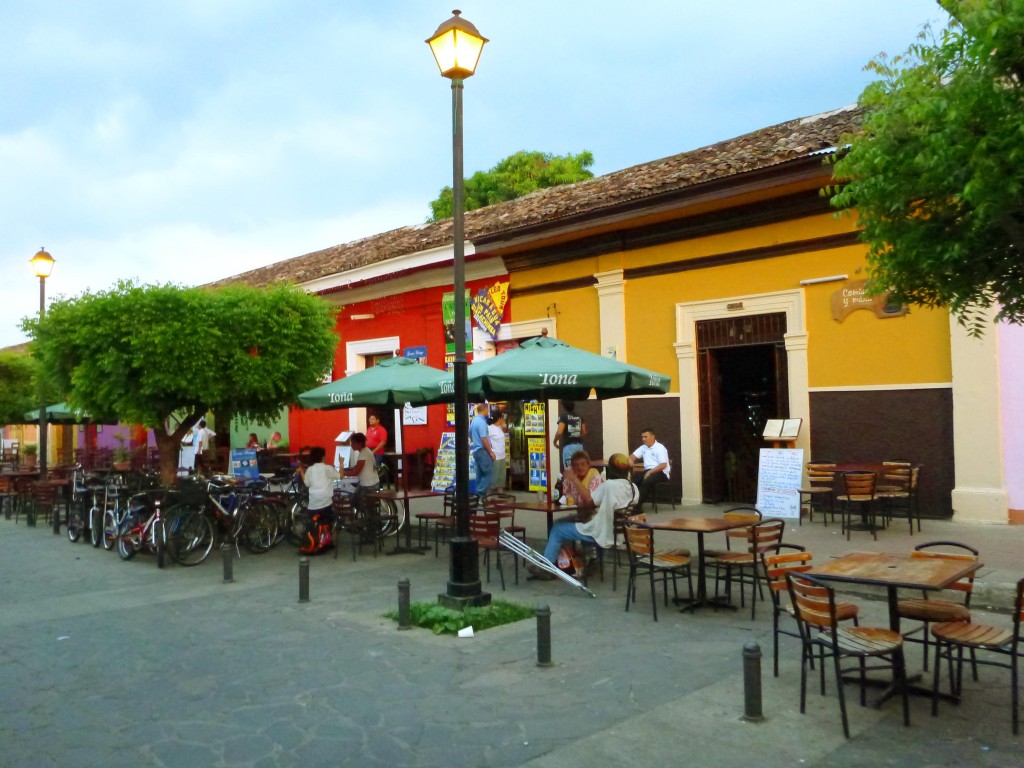
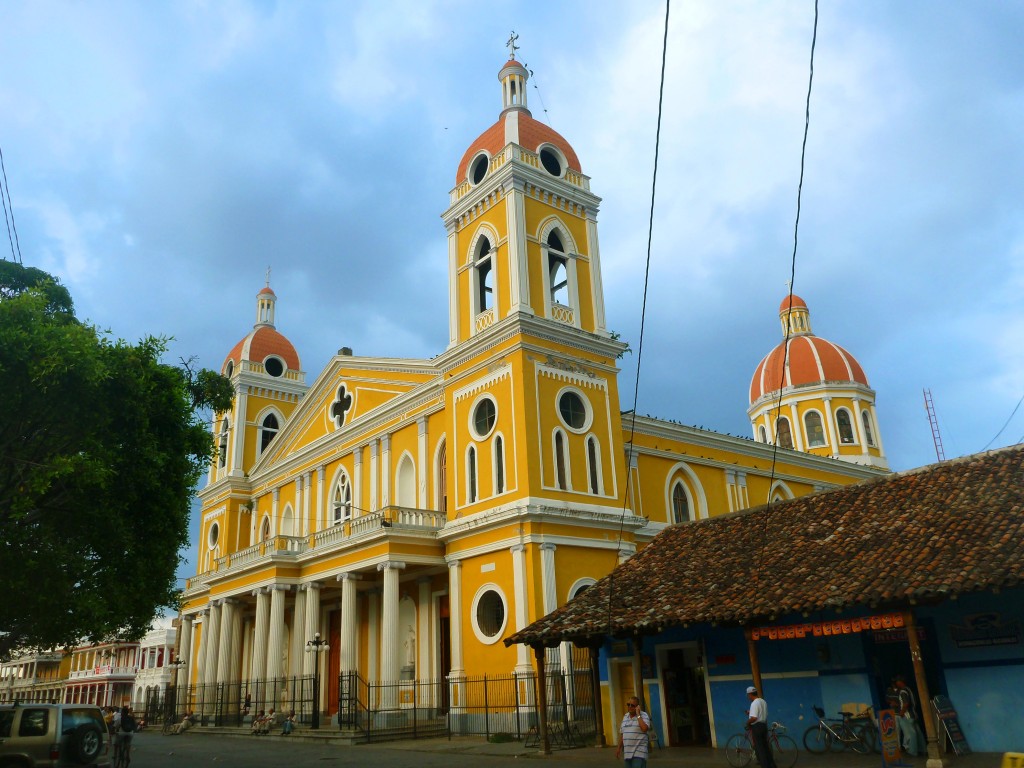
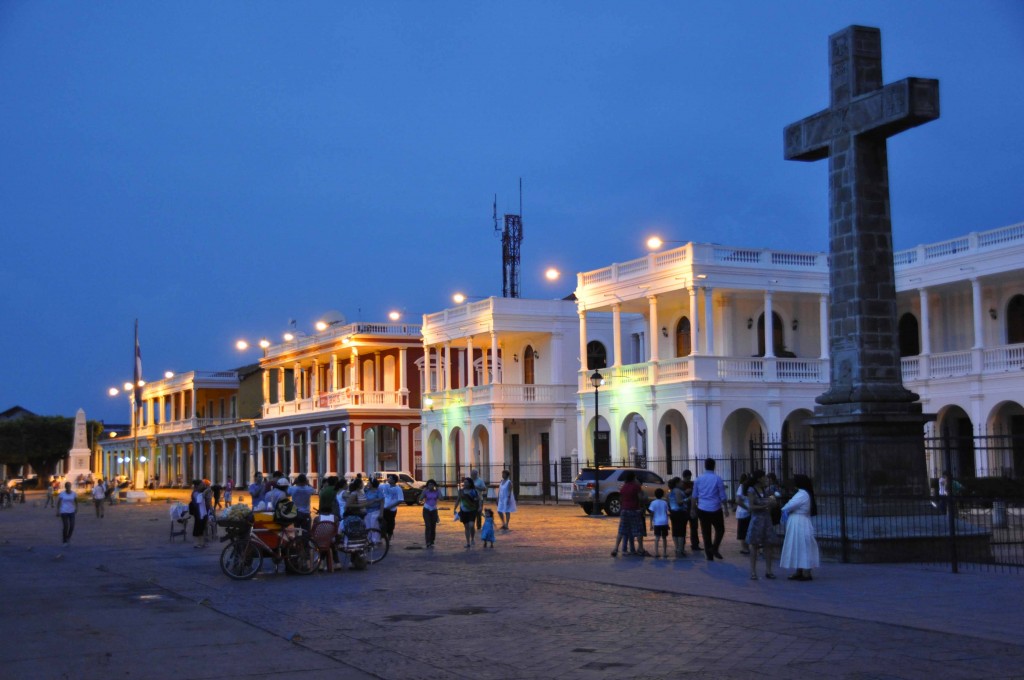
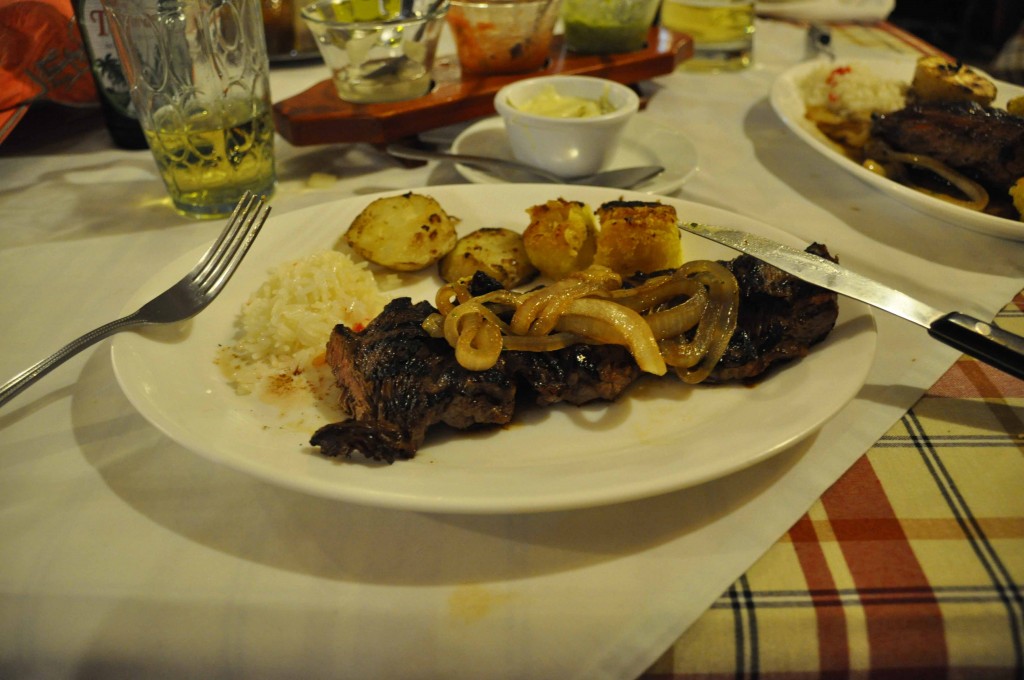
Merci!
Hey you guys!
Now that I have spent so much time looking into your budget sheets from Asia I thought I’d give you a small piece of advice in regards to Cusco: Make sure to take a walk to the Christ statue (bad copy of the one in Rio)- but the view of the beautiful city is stunning up there. Enjoy Machu Picchu – it is the most amazing experience EVER.
BR/
Marianne
A few years old now but still useful and interesting stuff, cheers!